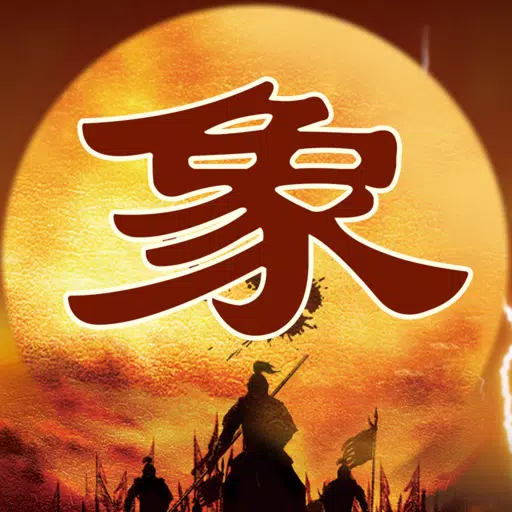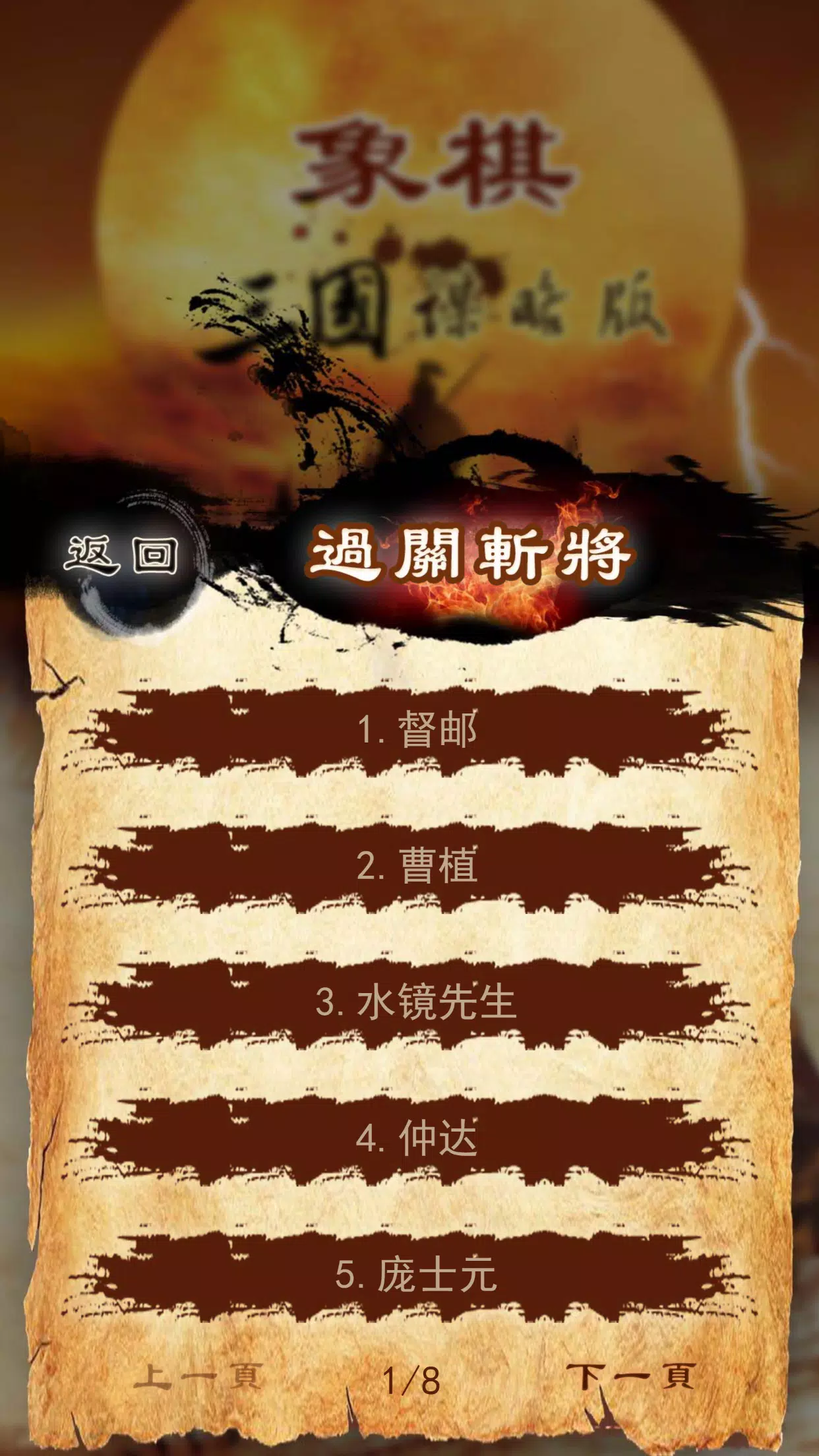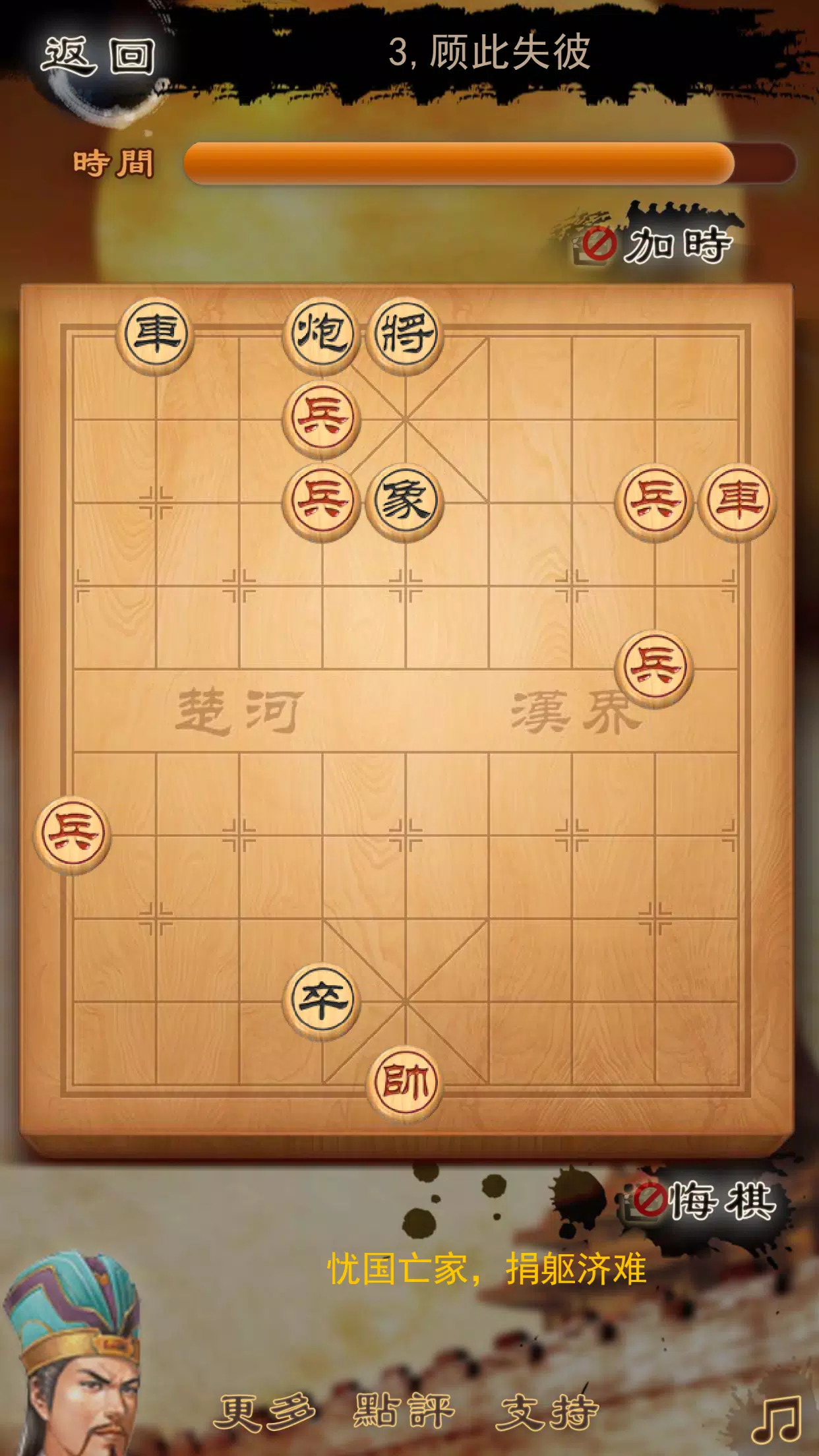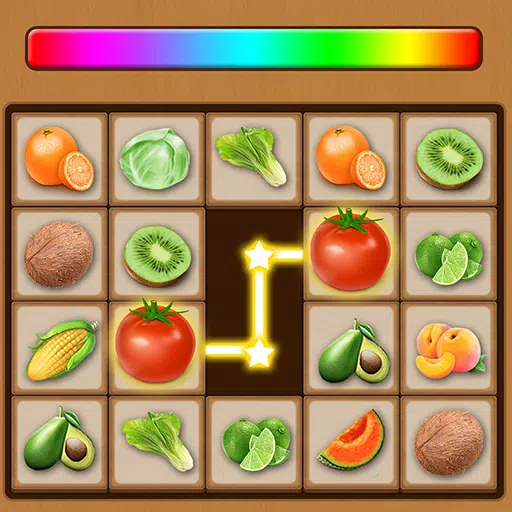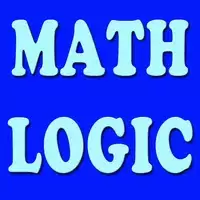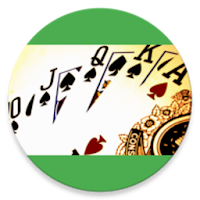This article explores the rules and gameplay of Xiangqi (Chinese chess), a two-player strategy game with a rich history. The game features 32 pieces, 16 for each player (red and black), divided into seven types:
Chess Pieces:
-
General/Marshal (帥/將): The most important piece. Confined to the nine squares in the center of the board, it moves one square horizontally or vertically. Neither General can occupy the same rank. Direct confrontation leads to a checkmate.
-
Advisor/Minister (仕/士): Also confined to the nine central squares, it moves one square diagonally.
-
Elephant/Bishop (相/象): Moves two squares diagonally, but cannot cross the "river" (the middle horizontal line) and is blocked if a piece occupies the intermediate square.
-
Rook/Castle (俥/車): Moves any number of squares horizontally or vertically, unless blocked. A highly powerful piece.
-
Cannon/Mortar (炮/砲): Moves like a rook, but to capture a piece, it must jump over another piece (either friendly or enemy).
-
Knight/Horse (馬/馬): Moves in an "L" shape—two squares in one direction (horizontally or vertically), then one square perpendicularly. It cannot jump over other pieces.
-
Pawn/Soldier (卒/兵): Can only move forward one square at a time. Before crossing the river, it cannot move laterally. After crossing, it can move one square laterally or forward.
Gameplay:
Players take turns moving one piece at a time. The objective is to checkmate the opponent's General by placing it under attack (in "check") from which it cannot escape. The game ends when one player checkmates the other's General, or a draw is agreed upon. Xiangqi challenges players to develop strategic thinking through complex scenarios involving offense, defense, and positional awareness. The game's simplicity of rules belies its strategic depth.

